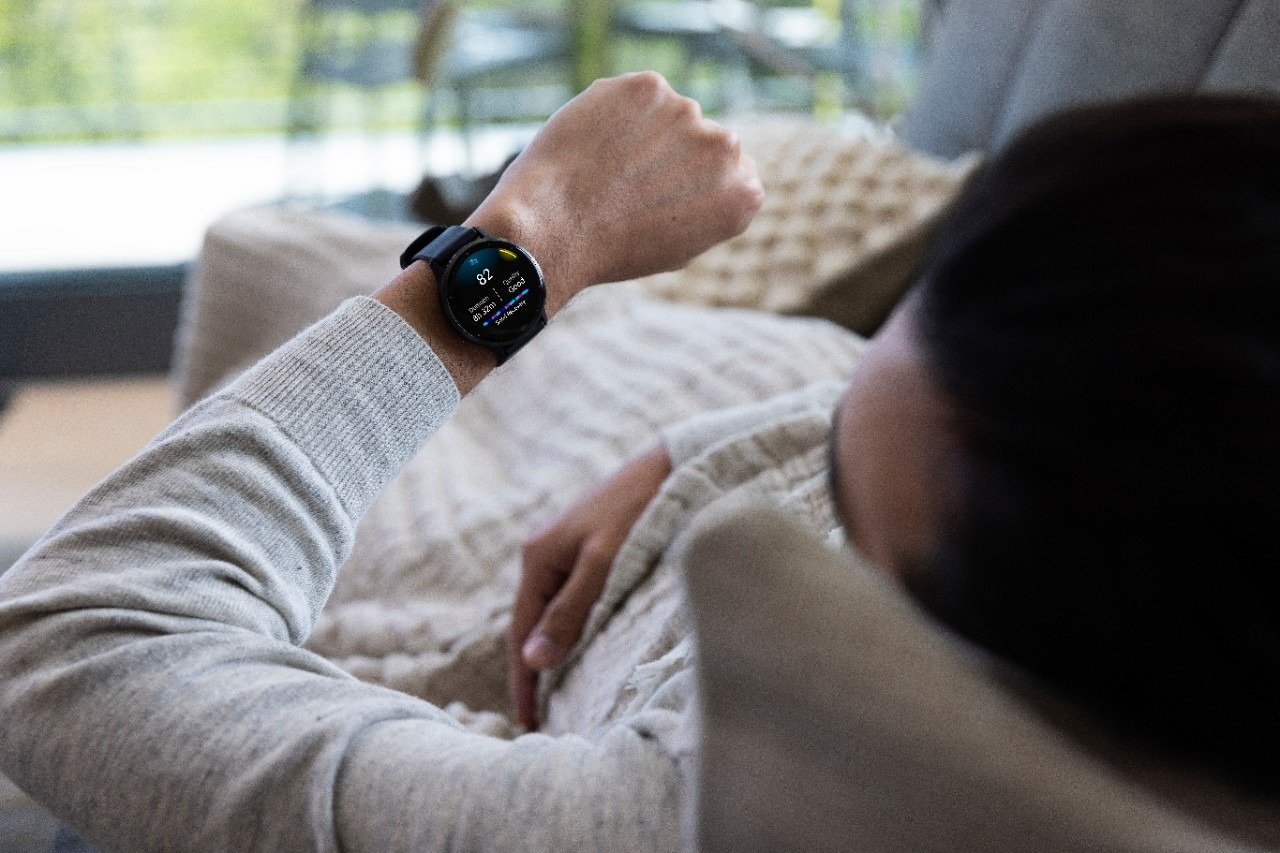
Top Winter Driving Tips
By Kirsty Quartley, Garmin Automotive Product Manager
One thing we can always rely on is for the weather in the UK to be unreliable but with that in mind, why do we always seem to be so ill-prepared? We know that we are often prone to sudden bouts of perilous weather – storms with gales of up to 70mph are being forecasted but to avoid making a bad situation worse, here are our top tips for a safer season of driving this winter.
1. In the first instance, always ask ‘should you drive’?
Where possible the obvious decision, if the weather looks treacherous, is not to drive. Ask yourself whether you really need to make that trip to the cinema or supermarket. However, if you really are low on supplies and have to go out, ensure that you reduce your speed – rushing so that you get in and out in the fastest time possible is not a wise idea in adverse weather so take your time.
2. WARNING! Road sign ahead
Road signs are often something we take for granted without really noticing them, but they are there for a reason so do take note, especially when driving in bad weather when you aren’t able to see road surfaces and pedestrians and other road users as clearly. Take note: road signs are your friends.
3. Keep your distance
Rain doubles your braking distance; ice and snow can decrease your stopping distance by 10 times so when driving in poor conditions, leave plenty of space between you and the vehicle in front. When anticipating coming to a stop, start to do so as early as possible to bring you to a stop at a safe distance. Braking early will also alert the driver behind you to do the same.
4. Put it away
Particularly during bad weather there is enough to contend with on the road without having your mobile phone ringing and beeping! Switch your mobile onto silent and place it out of hands reach and your eyes view. If you’re awaiting an urgent phone call ensure a hands free device is fitted so you can concentrate on steering safely. Many Garmin sat navs come with Bluetooth so you can make and receive calls hands-free via the integrated microphone and speaker – a feature also recently launched on the new Nissan navigation system.
5. Save your emergency contacts
Although use of a mobile phone when driving is illegal and dangerous, it is a good idea to keep one in the car in case of emergencies or a breakdown. Try to always let someone know when you’re travelling and when you should return in case of an emergency. Also, have other emergency contacts like a tow-truck or insurance provider saved in your phone should you need help ASAP.
6. Stick to busy roads – yes, really
It goes against all driving instincts (mostly avoiding traffic) but in poor weather, taking the main roads will be much safer to travel on for a multitude of reasons. If you were to break down on a single track road, in the countryside, with no mobile signal, you may be waiting for hours before someone else comes along to help you. In snowy conditions, the main roads are most likely to have been cleared of snow and been gritted so taking the busy route may prove the quicker route.
7. Make sure you can see 360 degrees!
It may sound obvious but make sure you can see! It is always surprising to see how many people drive around with their windshields only partially cleared! Before any journey, clear your mirrors and windows (back window and the windshield on the passenger’s side) of ice, snow and mist so you can see all the way around. Always keep a scraper and de-icer in your car for this reason and change your wiper blades every 6-12 months as they do wear out. Before winter hits, make sure you put anti-freeze in your screen wash reservoir too. And for all those ‘short-cut’ people out there, please do not pour hot water onto your windshield as it will most likely crack the glass!
8. Update your sat nav
You’ll be surprised at how outdated some nat navs can be and this can cause real issues in normal conditions let alone during more treacherous ones. Roads come and go, new paths are built, bridges are demolished so upgrade your sat nav or update your software before embarking on a new or lengthy route. Garmin Express enables you to manage your Garmin devices and keep them up-to-date easily.
9. The ring of truth
During the winter months and over the Christmas period, the crime rate increases as darkness sets in and provides cover for those out to see what they can get their hands on so don’t leave tell-tale signs in your car. Leave your possessions out of sight and even avoid unwanted attention by wiping clean any ring marks left on the windshield from attaching your sat nav to it, as it could otherwise alert a thief to the fact that you most likely have a device worth stealing in your glove box.
10. Pack it up
When bad weather strikes or an emergency occurs, make sure you have a toolkit of winter essentials to help keep you safe and get your car back to life again:
- Hazard warning triangle
- Spare tyre and tools to change a flat
- Ice-scraper
- Spare bulbs
- De-icing equipment (for glass and door locks)
- Appropriate footwear in case you need to leave the vehicle
- A torch and spare batteries
- Jumper cables (for those who are clever enough to do so)
- Blankets and additional clothing such as gloves or boots and some food and water
- Consider carrying salt or sand to get out of an icy situation too






